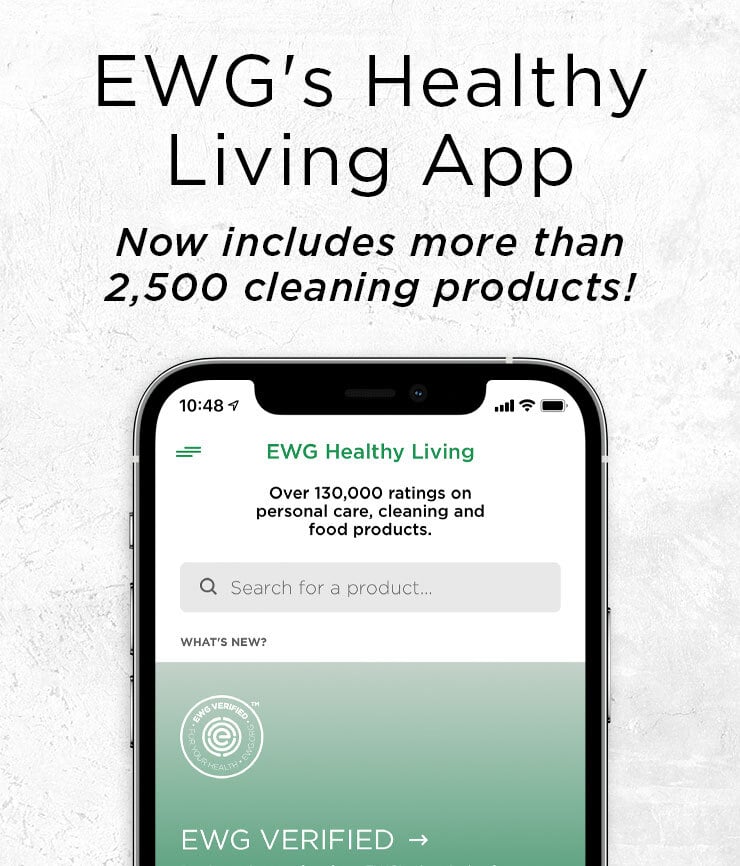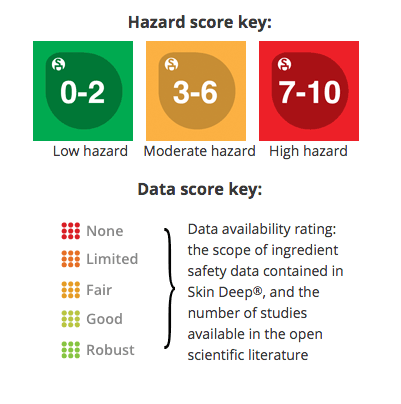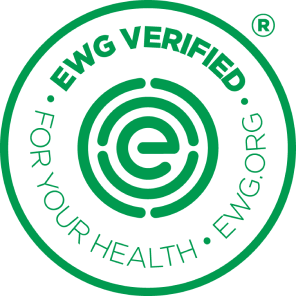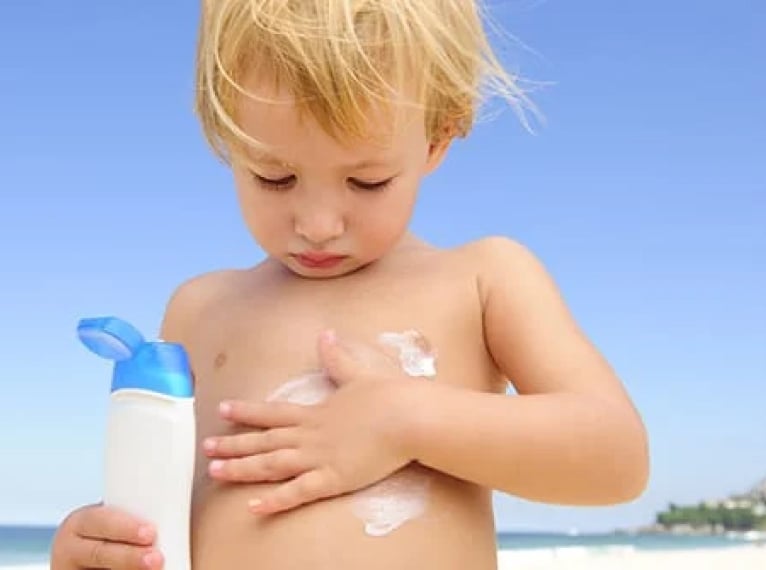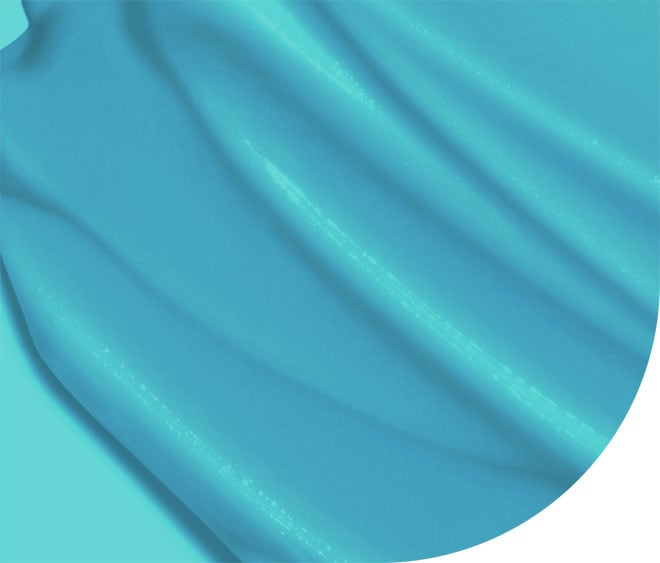HOME / daily use SPF / Eucerin

Eucerin Sensitive Mineral Face Protection, Tinted, SPF 35
Eucerin Sensitive Mineral Face Protection, Tinted, SPF 35
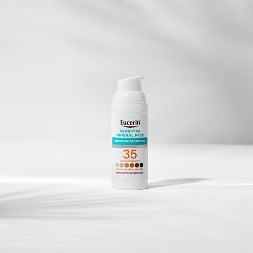
WHERE TO BUY
Health Concerns
-
LOWCancer
-
SOMEAllergies & Immunotoxicity
-
SOMEDevelopmental and Reproductive Toxicity
-
HIGHUse Restrictions
Efficacy Concerns
-
Caution We have flagged this product with 0 concerns Sunscreens can break down while still in the bottle. To be safe dispose of products when the mixture clumps or separates.
-
someUVA/UVB Balance
Ingredient Scores
Ingredients are scored based on their formulation and concentration in this product. Click on an ingredient for more information.

|
BUTYLOCTYL SALICYLATE
Data Availability: Limited
|


|
||||
|
||||||

|
DIMETHICONE
Data Availability: Limited
|


|
||||
|
||||||

|
GLYCYRRHIZA INFLATA (BATALIN) ROOT EXTRACT
Data Availability: Limited
|


|
||||
|
||||||

|
CETYL PEG/ PPG-10/ 1 DIMETHICONE
Data Availability: Fair
|


|
||||
|
||||||

|
PROPYLENE GLYCOL
Data Availability: Fair
|


|
||||
|
||||||

|
CYCLOPENTASILOXANE
Data Availability: Fair
|


|
||||
|
||||||

|
PEG-12 DIMETHICONE CROSSPOLYMER
Data Availability: Limited
|


|
||||
|
||||||

|
CI 77499
Data Availability: Fair
|


|
||||
|
||||||

|
ZINC OXIDE(SUNSCREEN GRADE) active ingredient 24%
Data Availability: Good
|


|
||||
|
||||||

|
TOCOPHEROL
Data Availability: Fair
|


|
||||
|
||||||

|
WATER
Data Availability: Robust
|


|
||||
|
||||||

|
C12-15 ALKYL BENZOATE
Data Availability: Limited
|


|
||||
|
||||||

|
ISOPROPYL PALMITATE
Data Availability: Fair
|


|
||||
|
||||||

|
OCTYL PELARGONATE
Data Availability: None
|


|
||||
|
||||||

|
BIS-OCTYLDODECYL DIMER DILINOLEATE/PROPANEDIOL COPOLYMER
Data Availability: None
|


|
||||
|
||||||

|
DIETHYLHEXYL SYRINGYLIDENEMALONATE
Data Availability: None
|


|
||||
|
||||||

|
ETHYLHEXYL METHOXYCRYLENE
Data Availability: None
|


|
||||
|
||||||

|
POLYESTER
Data Availability: Fair
|


|
||||
|
||||||

|
GLYCYRRHETINIC ACID
Data Availability: Fair
|


|
||||
|
||||||

|
SODIUM ASCORBYL PHOSPHATE
Data Availability: Limited
|


|
||||
|
||||||

|
SIMMONDSIA CHINENSIS (JOJOBA) SEED OIL
Data Availability: Limited
|


|
||||
|
||||||

|
TRIETHOXYCAPRYLYLSILANE
Data Availability: Limited
|


|
||||
|
||||||

|
BEESWAX
Data Availability: Limited
|


|
||||
|
||||||

|
HYDROXYACETOPHENONE
Data Availability: Limited
|


|
||||
|
||||||

|
SODIUM CHLORIDE
Data Availability: Robust
|


|
||||
|
||||||

|
1,2-HEXANEDIOL
Data Availability: Limited
|


|
||||
|
||||||

|
CAPRYLYL GLYCOL
Data Availability: Limited
|


|
||||
|
||||||

|
JOJOBA ESTERS
Data Availability: Limited
|


|
||||
|
||||||

|
SILICA, AMORPHOUS
Data Availability: Good
|


|
||||
|
||||||

|
POLYGLYCERYL-6 POLYRICINOLEATE
Data Availability: None
|


|
||||
|
||||||
Ingredients from label
Active Ingredient: Zinc Oxide 24%, Inactive Ingredients: Water, C12-15 Alkyl Benzoate, Isopropyl Palmitate, Butyloctyl Salicylate, Ethylhexyl Pelargonate, Cetyl PEG/PPG-10/1 Dimethicone, Propylene Glycol, Cyclopentasiloxane, Bis-Octyldodecyl Dimer Dilinoleate/Propanediol Copolymer, Dimethicone, Diethylhexyl Syringylidenemalonate, Ethylhexyl Methoxycrylene, Polyester-27, Glycyrrhiza Inflata Root Extract, Glycyrrhetinic Acid, Sodium Ascorbyl Phosphate, Simmondsia Chinensis (Jojoba) Seed Oil, Tocopherol (Vitamin E), Triethoxycaprylylsilane, Beeswax, Hydroxyacetophenone, Sodium Chloride, PEG-12 Dimethicone Crosspolymer, 1,2-Hexanediol, Caprylyl Glycol, Jojoba Esters, Silica, Polyglyceryl-6 Polyricinoleate, Iron Oxides
Unknown:
Leading international certifiers PETA and Leaping Bunny have no information concerning this company’s use of animal testing.

